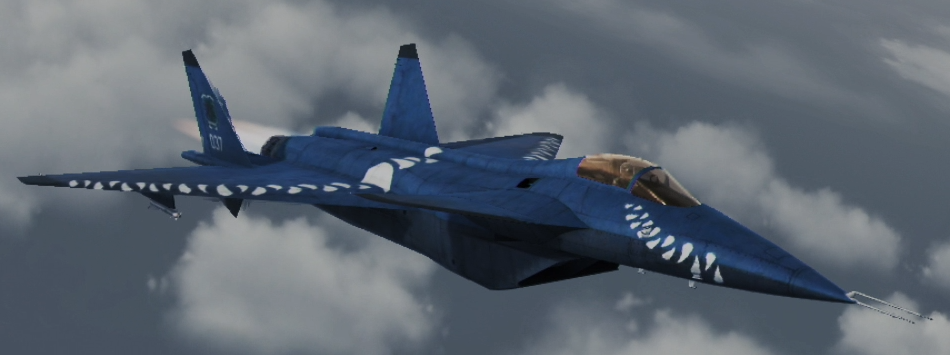The Russian Air Force modernization efforts of the past two decades have focused almost exclusively on developing enhanced derivatives of Soviet era air-frames to integrate next generation technologies – the Su-35, MiG-29SMT and Tu-22M3M being prime examples.
As many of the country’s adversaries move to further modernize their capabilities and deploy advanced next generation aircraft in the 2021’s, Russia’s defense sector has increasingly invested in developing more next generation combat aircraft both to replace older jets in its own inventory and to target export markets.

Many of these ambitious programs appear to be built from the ground up, and are based on entirely new air-frames rather than being derived from late Soviet era platforms.
The MiG-41 conceptually combines the strengths of the Soviet MiG-25 and MiG-31 interceptors, but improves on these considerably with next generation technologies.
The MiG-25 Foxbat was designed to operate at extreme speeds exceeding Mach 3 and at altitudes approaching 30 km – making it all but invulnerable to the vast majority of anti aircraft weapons and allowing it to launch air to air missiles with considerable added kinetic energy.

The platforms were ideal for intercepting enemy bombers and high flying surveillance aircraft such as the U-2 and SR-71.
The MiG-31 was not capable of reaching the Foxbat’s speeds and altitudes, but emphasized the importance of an extremely powerful sensor suite and standoff munitions capable of engaging targets at extreme ranges with precision – with its R-33 missiles designed to intercept not only enemy aircraft but also low flying cruise missiles.

The MiG-41 will be a hyper-sonic aircraft, meaning it can exceed speeds of Mach 5, and will deploy heavy and extremely powerful sensors and long ranged hyper-sonic standoff munitions.
The aircraft will be able to operate at altitudes far exceeding even those of the MiG-25, flying in near space and threatening enemy satellites and space planes.
In parallel to enhancing the Su-57 to meet sixth generation standards, Russia is also developing a next generation interceptor under the MiG-41 program which is likely to replace the MiG-31 Foxhound in the 2030’s and make its first flight in the mid 2020’s.

The aircraft is expected to be able to fly at hyper-sonic speeds, meaning exceeding Mach 5, and to operate at extreme altitudes in near space.
This prioritization of speed and altitude closely mirrors the MiG-25 Foxbat of the Cold War era which holds records for both of these among combat aircraft, although the new interceptor will pair these strengths with a powerful sensor suite and access to a range of hyper-sonic standoff missiles.
This will be particularly valuable as the U.S. moves to expand its bomber fleet and introduce next generation B-21 strategic bombers in their hundreds – which the MiG-41’s sensors will be key to countering alongside more advanced ground based air defense systems such as the S-500.

The MiG-41 will also seriously improve on the capabilities of its predecessor the MiG-31 as a satellite hunter, and is reportedly being designed to be able to target space planes such as the upcoming American SR-72.
It remains uncertain whether it will also be used to deliver air to ground or anti ship munitions – which the MiG-31 has been modified to do under the MiG-31K program.
Military Watch Magazine / ABC Flash Point News 2021.













































No match available, not even on the drawing board. But according to the fake mainstream media the USA is still controlling the technological developments??
They have nothing else left, are isolated and demoralized to the maximum extension?